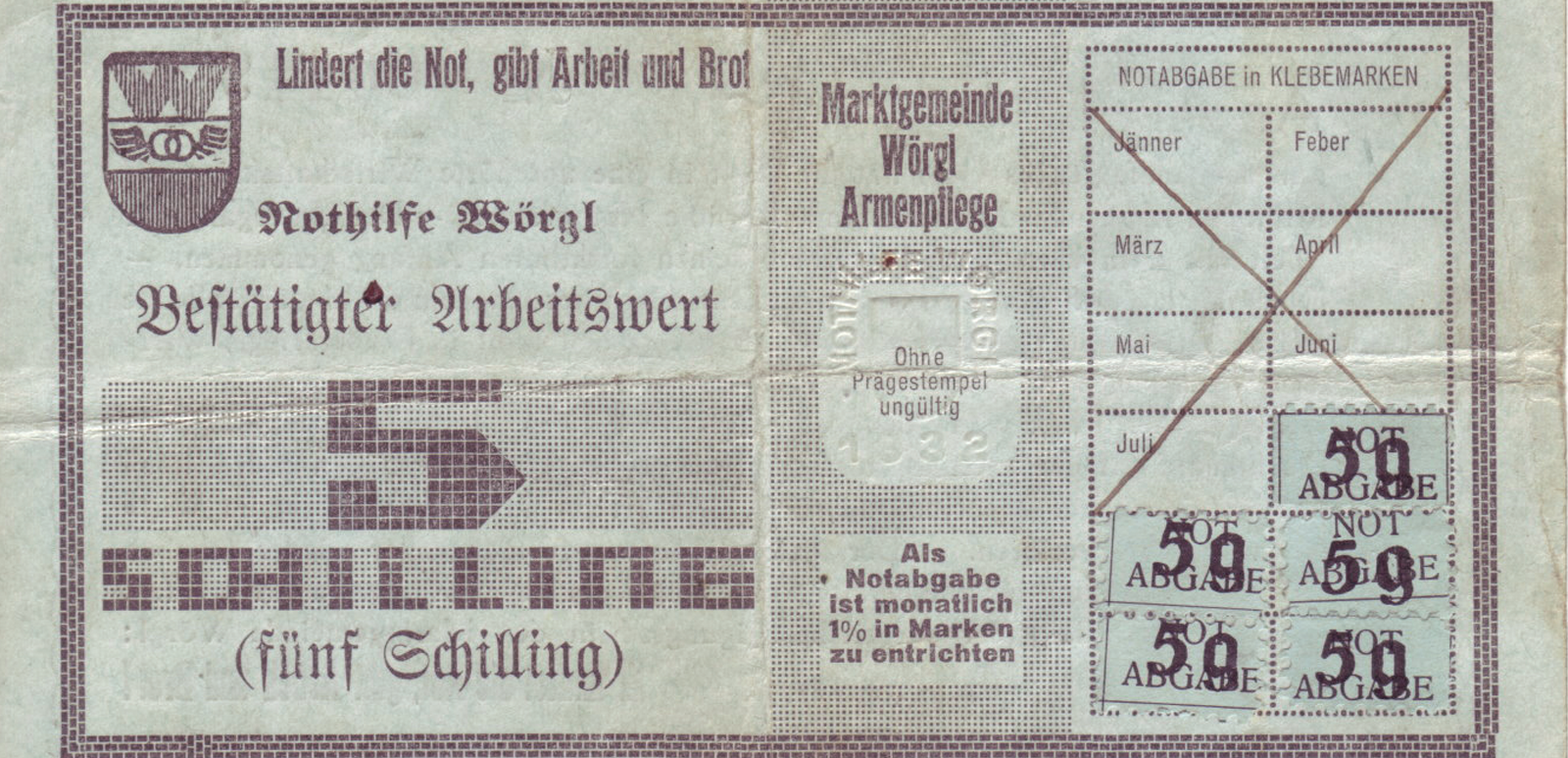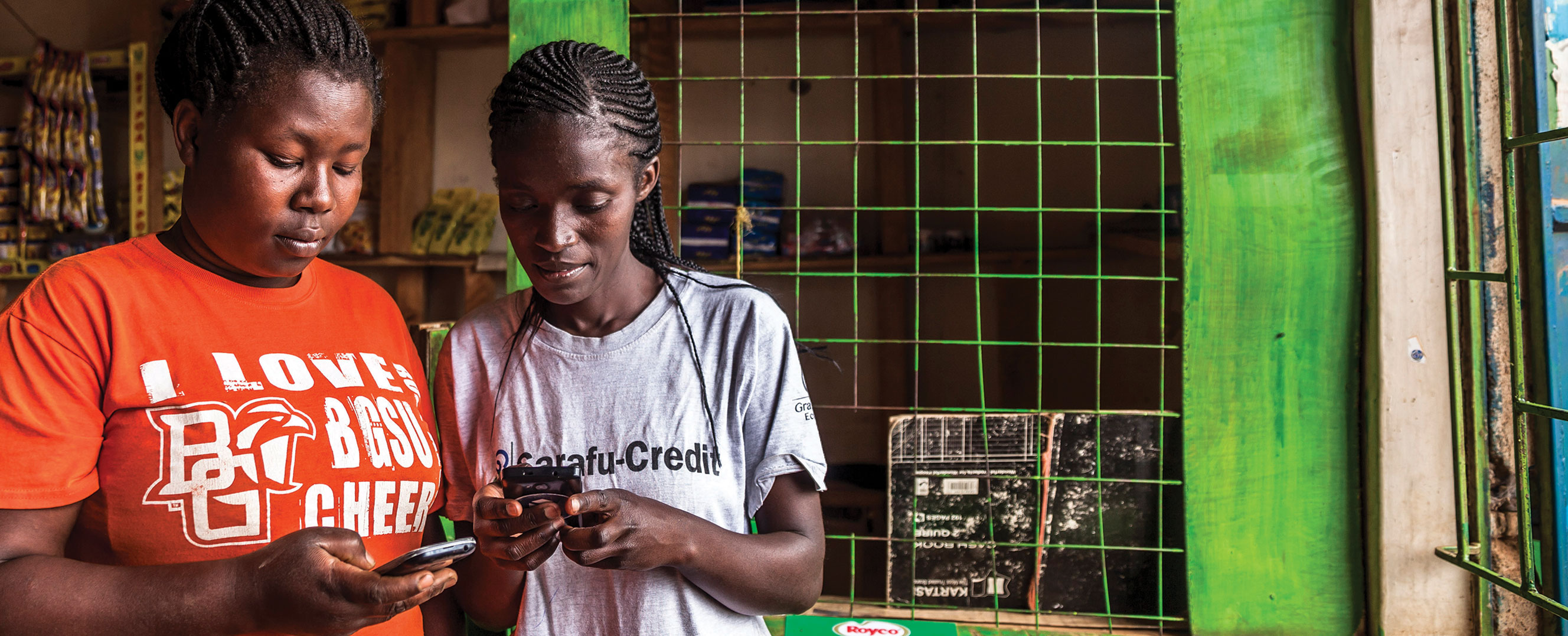Technological innovation is fueling the resurgence of community currencies
About a century before Satoshi Nakamoto created Bitcoin, there was Johann Silvio Gesell. A little-known amateur German economist, Gesell was motivated by a similar libertarian spirit: to create currencies independent of national governments and central banks. He believed communities could grow faster with money that would boost local activity and not be spent elsewhere.
Although there have been hundreds of community currencies (or “scrips”), they have always remained largely an economic curiosity. Now, this concept from yesterday is harnessing technologies of today, like blockchain and mobile payments, potentially creating new development tools for tomorrow.
Economic miracle
Born in 1862, Gesell led a somewhat paradoxical life while moving between Germany, Switzerland, and Argentina. He was a merchant and social activist, entrepreneur and anarchist, a self-described “citizen of the world,” and a separatist. In 1891, while suffering through one of Argentina’s frequent economic crises, the self-taught economist began to develop his doctrine of Freiwirtschaft, German for free economy. It was based on three pillars: Freigeld (free money), Freihandel (free trade), and Freiland (free land).

A 5 schilling note issued in the Austrian city of Wörgl in the 1930s, showing the monthly stamps required for preserving its value, which served to stimulate circulation and worked like a “hoarding tax.”
Gesell believed that land ownership and centralized monetary systems hampered progress. In his book The Natural Economic Order he wrote that money should go out of date like a newspaper, rot like potatoes, and rust like iron. He devised a system to boost local currencies circulation, requiring holders to buy monthly stamps to keep their value, akin to a “hoarding tax.”
In 1931, a year after Gesell’s death, the Austrian village of Wörgl gave his ideas a shot. Local infrastructure investment financed with Freigeld created jobs and boosted economic activity without stoking inflation. Despite, or because of, strong interest from other localities, and fearing political fragmentation, Austria’s central bank shut down the so-called miracle of Wörgl after two years.
Strange prophecies
In General Theory of Employment, Interest, and Money, John Maynard Keynes called Gesell “a strange, unduly neglected prophet” and praised the stamp mechanism. Another leading 1930s economist, Irving Fisher, wrote a book called Stamp Scrip and prescribed community currencies as economic stimulus during the Great Depression. Although Fisher had been widely discredited after predicting high stock prices nine days before the 1929 crash, hundreds of scrips were issued across the United States.
One was in Tenino, a village in Washington state, which issued local dollars printed as wooden cards. In 2020, when creating a cash transfer program prompted by the pandemic, instead of distributing debit cards or checks, the city minted new wood chips with the same press used 90 years earlier.
The largest alternative currency is the WIR franc, launched in 1934 in Switzerland and still in circulation. The WIR (an abbreviation of “economic cycle” and the word “we” in German) bank is a credit cooperative in which members lend to each other, and the currency is backed by real assets. Annual turnover is around $7 billion.
Mobile boom
Just as community currencies boomed during the Great Depression, their digital versions are expanding amid the COVID-19 recession. As the virus hit, the city of Maricá, Brazil, was able to double its income supplement program to residents, paid in mumbucas (after a local river), two months before any federal support arrived. While cards exist, most transactions go through mobile phones.
More complex experiments are combining mobile payments with blockchain, the technology behind most cryptocurrencies, in which all computers in a given network record all transactions simultaneously, creating an immutable decentralized ledger.
In Turkey, Good4Trust, a virtual bazaar for socially and environmentally conscious producers and consumers, is preparing to launch a community currency using blockchain powered by Celo, a Silicon Valley company.
Brixton, a London neighborhood, launched its pounds in 2008, featuring famous natives and residents, including pop icon David Bowie. In January 2021, it announced the release of a digital version using blockchain from Algorand, a Singapore company.
In Kenya, the sarafu (Kiswahili for “currency”) also leverages blockchain. It was used by 41,000 people across 60 villages, which in 2020 spent the equivalent of $2.5 million in over 335,000 transactions, all through mobile phones. “This platform allows a group of farmers to come together and create their own currency and a resilient economic system from the bottom up,” its creator, Will Ruddick, told F&D. “Currency is vital infrastructure,” added the American physicist turned economist and social entrepreneur, who first launched a paper-based community currency in Kenya in 2010.
Recording all transactions in the blockchain allows for real-time data collection and evaluation of social initiatives. The Danish Red Cross, one of the project’s funders, uses it to study the effect of its programs. “For the first time, we can observe a program’s impact in real time,” says Adam Bornstein, head of the innovative finance and systems change team. “We can correct course within days rather than wait for surveys 12 months after the fact.”
The data can also be used to create early warning systems for disasters, giving the institution more flexibility in deploying its resources. “The world is complex and dynamic, whereas humanitarian finance and procurement policies are inherently inflexible,” adds Bornstein.
Strengthening communities and supporting local business have always been at the core of local currencies. But the experimentation they allow can have broader, perhaps national, implications. “There’s a lot of focus on central bank digital currency,” Ezechiel Copic, Celo’s head of official sector engagement, told F&D. “Local currencies can provide a testing ground for these initiatives.” With new technologies and the hard work and vision of social entrepreneurs and economists, alternative currencies might find their way into the mainstream.
Opinions expressed in articles and other materials are those of the authors; they do not necessarily reflect IMF policy.









